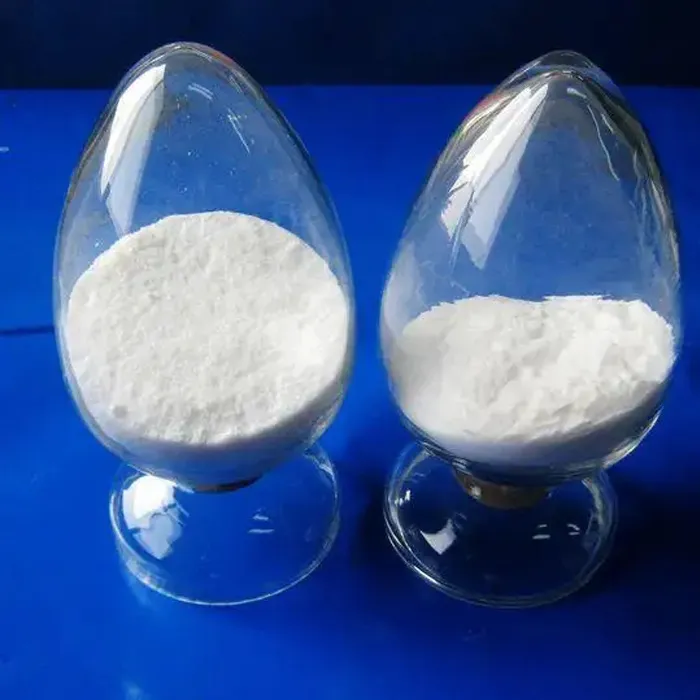Pentoxifylline An In-Depth Look at Trental's Mechanism, Uses, and Benefits
Pentoxifylline, marketed under the brand name Trental, is a medication primarily used to improve blood flow and enhance microcirculation. Classified as a phosphodiesterase inhibitor, it acts by increasing the flexibility of red blood cells and reducing the viscosity of blood, a property that has significant implications for a variety of medical conditions.
Mechanism of Action
Pentoxifylline works by inhibiting the enzyme phosphodiesterase, which leads to an increase in intracellular cyclic adenosine monophosphate (cAMP). Elevated levels of cAMP result in the relaxation of smooth muscle cells, which in turn dilates blood vessels and increases blood flow. The enhanced flexibility of erythrocytes allows them to navigate through narrow capillaries more efficiently, facilitating better oxygen and nutrient delivery to tissues. This mechanism makes pentoxifylline particularly valuable in treating peripheral vascular diseases where blood flow is compromised.
Clinical Uses
Trental is primarily prescribed for patients suffering from intermittent claudication, a condition characterized by pain and cramping in the legs due to inadequate blood flow, typically resulting from peripheral artery disease. By improving blood circulation, pentoxifylline helps alleviate symptoms and enhances physical mobility, allowing patients to engage in activities with less discomfort.
In addition to its use in intermittent claudication, pentoxifylline is also employed in treating other conditions associated with poor blood circulation, such as diabetic foot ulcers and certain types of retinopathy. Some studies have suggested that pentoxifylline may have potential benefits for patients with chronic venous insufficiency and tinnitus, although more research is needed to solidify these applications.
pentoxifylline trental

Dosage and Administration
Pentoxifylline is usually administered orally in tablet form, typically prescribed with meals to enhance absorption and minimize gastrointestinal side effects. The standard initial dose is often set at 400 mg taken three times daily, which may be adjusted based on patient response and tolerability. It is crucial for patients to adhere to the prescribed dosage and not to exceed the recommended amount, as this might increase the risk of adverse effects.
Side Effects and Considerations
As with any medication, pentoxifylline can cause side effects. Common adverse effects include gastrointestinal disturbances such as nausea, vomiting, and diarrhea. More serious but rare effects may include allergic reactions, arrhythmias, and liver function abnormalities. Patients with a history of bleeding disorders or those taking anticoagulants should use this medication with caution as it may increase the risk of bleeding.
Moreover, it is essential for patients to communicate with their healthcare providers regarding any other medications they are taking, as drug interactions can occur and may affect the efficacy of treatment. Special consideration should be given to patients with pre-existing conditions like liver disease, heart disease, or those who are pregnant or nursing.
Conclusion
Pentoxifylline, or Trental, represents an effective therapeutic option for individuals suffering from conditions related to compromised blood flow. Its unique mechanism of action not only enhances circulation but also provides symptomatic relief in patients with intermittent claudication and other circulatory disorders. With a well-defined dosage regimen and awareness of potential side effects, pentoxifylline can significantly improve quality of life for affected individuals. As always, patients should consult with their healthcare providers to assess the suitability of this medication for their specific health needs.

